InDesign Tutorial: Wrap the images with text 
Dopo una piccola pausa con i tutorial scritti da me su Indesign, si ricomincia. Ci eravamo fermati agli strumenti di disegno e al loro utilizzo. Oggi voglio spiegarti una cosa super utile. Stai imparando ad usare Indesign, questa cosa, sicuramente ti servirà. Oggi, infatti voglio spiegarti come usare Indesign per far interagire testo ed immagini. Ma non mi limiterò a spiegarti solo e soltanto questo. Qui di seguito ti ho messo tutto quello che ho intenzione di spiegarti in questo articolo:
Come Creare Contorni Di Testo Di Base
Contornare Le Forme Degli Oggetti Con Il Testo
 Modificare La Forma Di Un Contorno Utilizzare I Tracciati Di Ritaglio Come Contorni Come Creare Tracciati Di Ritaglio Creare Tracciati Di Ritaglio Con Il Rileva Bordi
Modificare La Forma Di Un Contorno Utilizzare I Tracciati Di Ritaglio Come Contorni Come Creare Tracciati Di Ritaglio Creare Tracciati Di Ritaglio Con Il Rileva Bordi Se vuoi capire come funziona lo strumento Contorna Con Testo di Indesign allora continua a leggere questo articolo.
Tutorial Indesign: Contornare Le Immagini Con Il Testo
  -
  - Quando importi un immagine su Indesign, questa, per impostazioni default, it installs without the Text Wrap function, that is, it will be positioned over the text to hide the contents.
Create Wrap text to the - To resolve this problem we must develop a method for making sure the image is surrounded by the text and that the space will be created to administer it.
Like any self-respecting layout program, InDesign, can do that too. This is handled by the Text Wrap panel which can be accessed via the command CTRL + ALT + W (PC) or CMD + OPT + W (MAC). This panel has two sections: the icons along the top control the way in cui il testo contorna, mentre i campi sotto alle icone stabiliscono l’offset dell’immagine. -
-
Se vuoi contornare le immagini con il testo devi eseguire queste operazioni che ti ho raggruppato
qui di seguito
:
Dopo aver creato un nuovo documento, crea una nuova cornice di testo e inserisci del testo da Word oppure con il comando inserisci testo segnaposto.
Con il comando
inserisci
importate un’  immagine . Apri il pannello Contorna Con Testo , e noterai che la prima icona, quella di “Senza contorna con testo” è selected. Click the second icon called "Wrap the bounding box." As you can see the image is surrounded by the outline, but the default is set to 0 mm.
immagine . Apri il pannello Contorna Con Testo , e noterai che la prima icona, quella di “Senza contorna con testo” è selected. Click the second icon called "Wrap the bounding box." As you can see the image is surrounded by the outline, but the default is set to 0 mm. At this point you can add space
to all four sides of a specific. Or by clicking the spinner next to each field. On either side of the image will display a blue line that will determine, visually, this distance.
For faster adjustment, but less accurate, you can use the handles of the line "Text Wrap" to change this space.
Wrap the form of the object with text
In the Text Wrap panel there is a nice button called "wrap the object's shape, just thinking on the premise that I just made, namely that can not exist only square or rectangular images.
If you want to understand how Imagine surrounding your particular text, then you must follow these steps:
Create a new document and after creating a text frame fill it with any text.
Then take the circle tool and create a circle
to put on your text box.  The circle will be positioned over the text without budge an inch. Open the panel and select Wrap Text Wrap the Form object, which is the right of the key wrap the selection rectangle. Again by default the offset is 0 mm. It is up to you to take this space to a suitable measure. If you try to select the Invert button you will notice that the text is placed inside the size and distance from the rest of the text by a white circle, not text. Use clipping paths as outlines But if I had a 'strange image, with a particular form, for example, how should I act if the image I'm looking for is very similar to that of a flower and I wanted to move my text around the petals?
The circle will be positioned over the text without budge an inch. Open the panel and select Wrap Text Wrap the Form object, which is the right of the key wrap the selection rectangle. Again by default the offset is 0 mm. It is up to you to take this space to a suitable measure. If you try to select the Invert button you will notice that the text is placed inside the size and distance from the rest of the text by a white circle, not text. Use clipping paths as outlines But if I had a 'strange image, with a particular form, for example, how should I act if the image I'm looking for is very similar to that of a flower and I wanted to move my text around the petals? Indesign has thought of that. Are you skilled in the use of clipping paths you can think of to import images that contain them. You can select the track you are interested in the Clipping Path dialog box and then processed to produce contours.
But what is a clipping path?
The clipping path is essentially an elaborate mask applied to crop an image from a background. Most of the time these tracks are made with Photoshop with the pen tool. These tracks are saved with the image and when imported to Indesign can be used in place of the normal bounding box.
How to Create a clipping path
To create a clipping path is preferable to use Photoshop. This is because with the pen tool you can have a total mastery on the track and create something truly professional. My advice, if you want to make a path, is to use Photoshop. But anyway Indesign also offers some tools in this direction. Below I'll explain how. create clipping paths By The Record Borders
Assume that if you told before. That of the flower, and they have no intention or ability to use Photoshop. You can create a clipping path with Indesign with the tool detects edges.
Below I'll explain how you should move quickly to create a clipping path with the tool detects edges.
To achieve this thing you need to have a high resolution image, as it may be an image. Tiff, and more, this picture must have its well-defined edges. Clear and precise. Otherwise Indesign great difficulty a bit 'to proceed with the crop.
- If your image has all these features then do the following:
- Create a new document with a text box.
The command post - the matter '
image you are interested.
-
Then select Object> Clipping Path> Options or press the key combination ALT + SHIFT + CTRL + K (PC) or CMD + OPT + SHIFT + K (MAC). You can now access the Clipping Path dialog box.
- Through the drop-down list "Type
" you can choose whether to work with a clipping path in Photoshop or with an alpha channel. If there is none of these options such spaces appear "gray," but you can also groped to create a path with the tool detects edges. If you plan to use this tool make sure the preview box is active, so as to control directly what you're doing.
- Box
Threshold specifies the pixel value that will serve as the darker edge of the clipping path. In practice, you'll need to Indesign because the background is dark to show him more or less in that area is the person you wish to crop. The more the background will be more clear this value will be low.
The slider -
Tolerance controls the proximity of a pixel in the threshold value before it is obscured by the track. The higher the tolerance the more pixels are included. (Test) Field Margin
frame down to reduce the frame as compared with clipping path. A negative value means that the frame is larger than the clipping path. -
Box Reverse , however, reverses the visible parts with transparent areas of the track.
Box
Include Inside Edges
includes any blank area inside an image in the path. With this option selected, if you have any area within the image that is consistent with the values \u200b\u200bof threshold and tolerance, it will be added to the path.
option
Limit the frame creates a clipping path that stops at the border. And 'less precise, and creates a simpler path.
sure that the option
Use high-resolution image is selected. If not, Indesign will use a low resolution image to create the path. E 'abducted but inaccurate, so it is advisable to use a high resolution image. If the path
clipping you like you can click on Ok  . At this point you can add an outline of the text as seen above.
. At this point you can add an outline of the text as seen above.
 I'd like you to share it with the users of this blog a bit 'of your experience. Realizing interesting articles or tutorials to post on this blog. Basically I'm asking you to become an author. But for how long? It is then that takes me all day? should not be a job. It should not be an effort. Must, if you so wish, be a gesture of sharing and simple. I do not want to impose what they write as writing. You just have to decide how much you want to devote to the web. may be interested to post an article once a week or once a month. For me the important thing is you have the desire to share un po’ di quello che hai imparato in questi anni. E Cosa Dovrei Scrivere? Non c’è un argomento preciso. Chiaramente deve trattare le tematiche del blog, ma l’argomento che andresti a trattare lo possiamo tranquillamente decidere insieme analizzando bene cosa fare. E Che Cosa Ci Guadagno?
I'd like you to share it with the users of this blog a bit 'of your experience. Realizing interesting articles or tutorials to post on this blog. Basically I'm asking you to become an author. But for how long? It is then that takes me all day? should not be a job. It should not be an effort. Must, if you so wish, be a gesture of sharing and simple. I do not want to impose what they write as writing. You just have to decide how much you want to devote to the web. may be interested to post an article once a week or once a month. For me the important thing is you have the desire to share un po’ di quello che hai imparato in questi anni. E Cosa Dovrei Scrivere? Non c’è un argomento preciso. Chiaramente deve trattare le tematiche del blog, ma l’argomento che andresti a trattare lo possiamo tranquillamente decidere insieme analizzando bene cosa fare. E Che Cosa Ci Guadagno? 




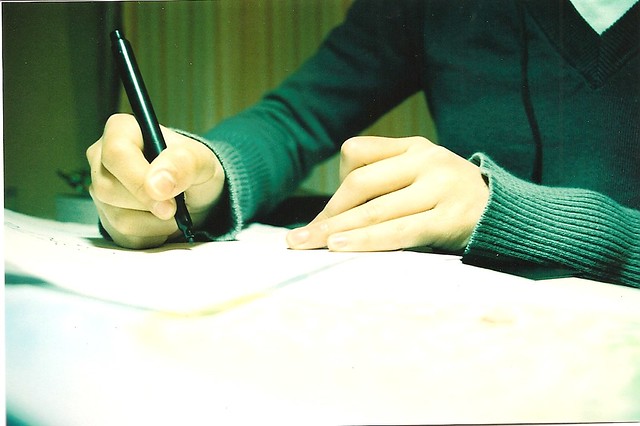
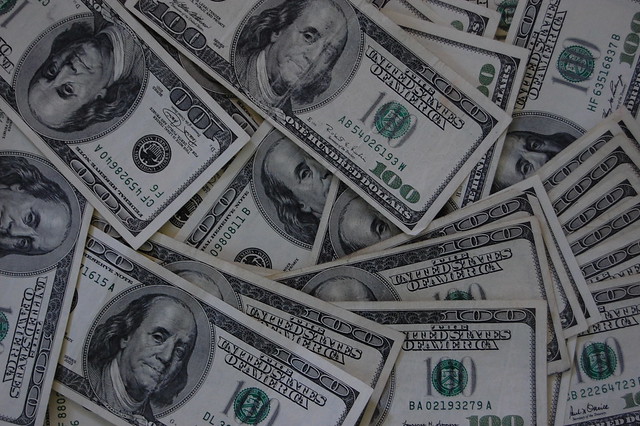

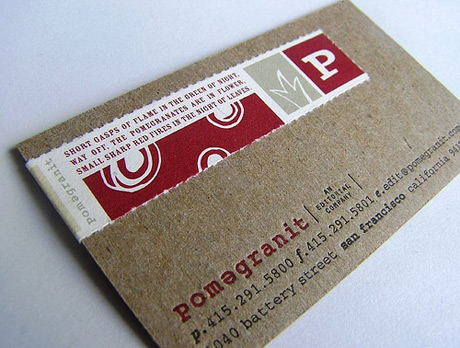








 4. Participate and forums and get feedback
4. Participate and forums and get feedback 






 You create a spot color from Illustrator
You create a spot color from Illustrator 
 Here I propose that says the soft-Adobe about the spot, in addition there are also some tips that may be useful.
Here I propose that says the soft-Adobe about the spot, in addition there are also some tips that may be useful. 
 To save
To save 




 immagine
immagine 


 Design Prospective With Illustrator - Part 2 How to speed up the use
Design Prospective With Illustrator - Part 2 How to speed up the use 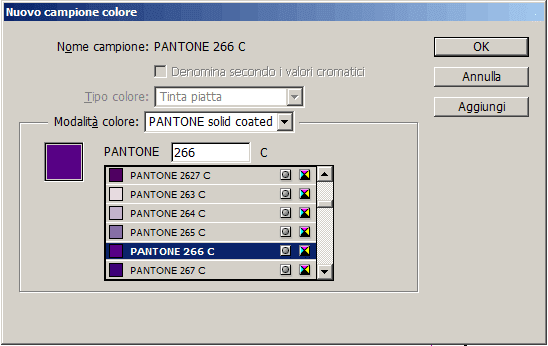
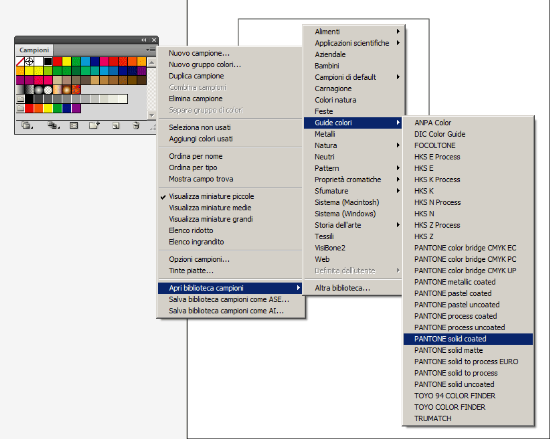 David Blackwell
David Blackwell 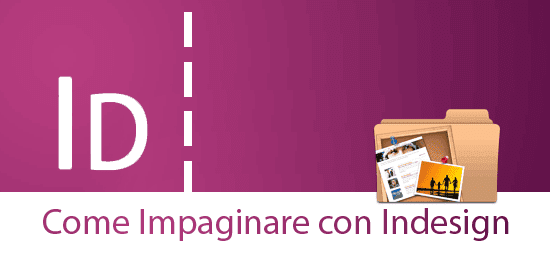 Un uso spettacolare di Illustrator e quello use it to create perspective drawings that will allow, finally, to be precise and not to go to the eye.
Un uso spettacolare di Illustrator e quello use it to create perspective drawings that will allow, finally, to be precise and not to go to the eye.